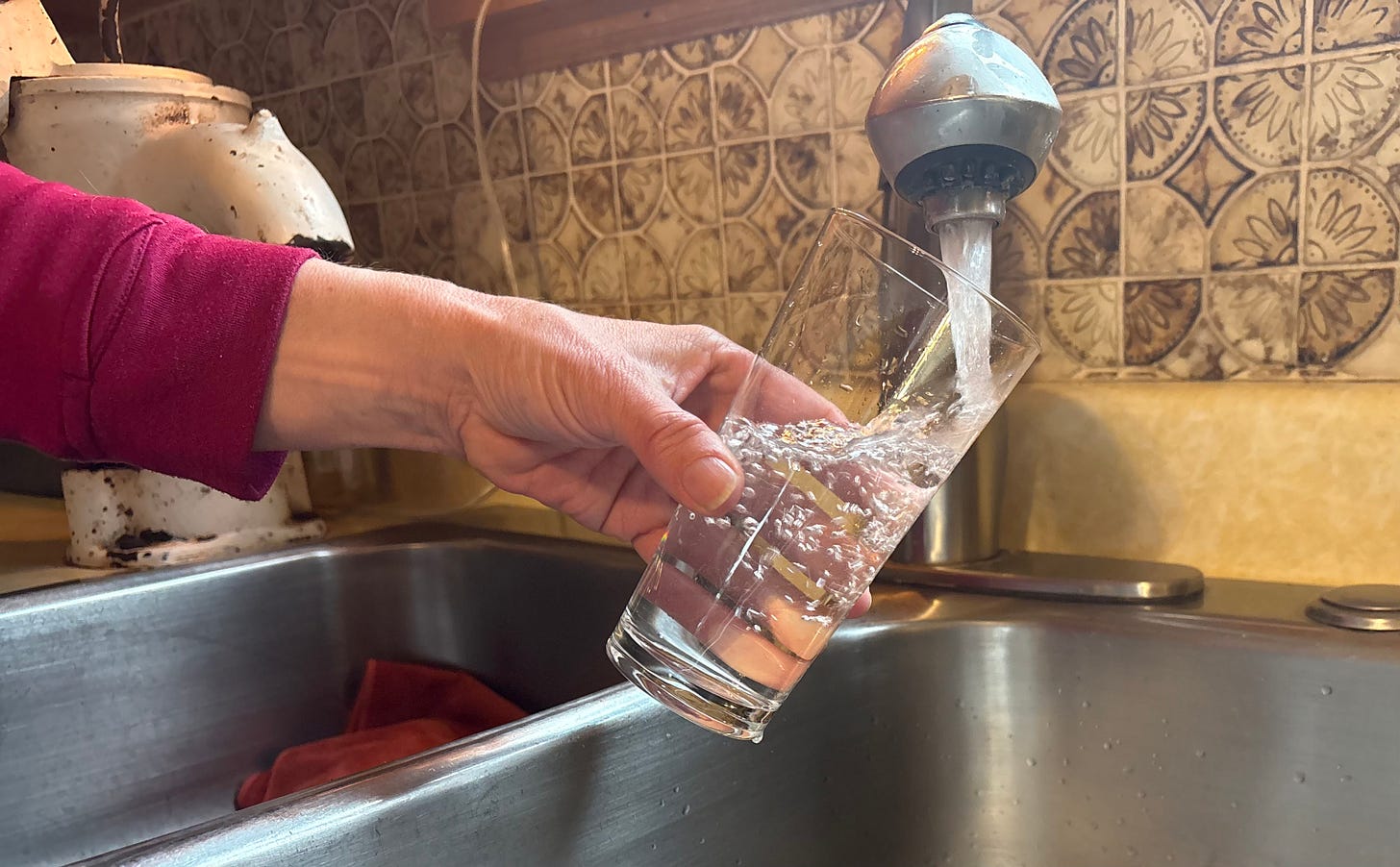New Brunswick Leads the Way on Groundwater Protection
As communities raise alarms over local threats, the province has a chance to double down on its leadership in water protection — and turn public concern into a model of environmental sovereignty.

Worrying about the safety of drinking water isn’t NIMBYism.
Rather, it’s a fabulous sovereignty-solidifying, faith-fueling, money-making proposition – if we opt to see it that way.
Over the last few months, New Brunswick has heard from a number of citizens concerned about the state of their drinking water.
There are the folks who live near the Beardsley Road Irving gas station outside Woodstock, where a 100,000-litre diesel spill went undetected until employees at the neighbouring Tim Horton’s noted the water smelled like gasoline in mid-December.1
About 100 kilometres west of Woodstock, the proposed Sisson tungsten mine outside Stanley is raising the expected questions about water protection,2 as is EcoRock’s potential pozzolan mine in Dalhousie, at New Brunswick’s northern tip.3
Water protection also figured prominently in Saint John Common Council’s extended and divisive hearings over the rezoning of 510 acres in the semi-rural coastal community of Lorneville for an expanded industrial park connected to the anticipated growth of Port Saint John.
At its Monday, June 16th meeting, Saint John City Council voted unanimously to approve the rezoning, which included policy changes that will limit development to low-emitting light and medium uses and establish a 150-metre buffer zone between the industrial park and homes. That’s equivalent to about two-and-a-half hockey rinks in length.
Additionally, Council amended its Land for Public Purpose Policy so that, as Spruce Lake Industrial Park is subdivided, funds collected during that phase will be directed to Lorneville community projects.
Most notably for those residents concerned about water safety, Council also established a groundwater monitoring program to monitor all wells within the 150-metre buffer zone and any drinking water wells located within 600 metres of an industrial building or industrial activities. It will be designed and managed by an independent third party.
Now that the rules are established, it will be incumbent on the City of Saint John, with assistance from the provincial Department of Environment, to put those values into practice.
That is where trust will either be rebuilt, because the just-completed public exercise in rezoning surely diminished it, or it will continue to erode, as will the ties that bind the community of Saint John together.
Community ties already appear frayed in the village of Dalhousie and are potentially under threat in Stanley – unless New Brunswick takes the lead on protecting and investing in its water resources.
We’ve done it before. In fact, New Brunswick established itself as a national leader in water resource management. We are already best in class; it’s time we doubled down on this expertise while ensuring we live up to the standards we have set.


